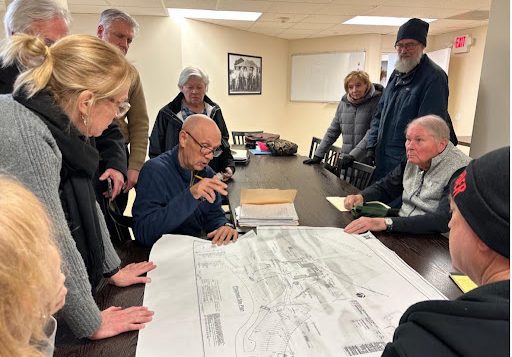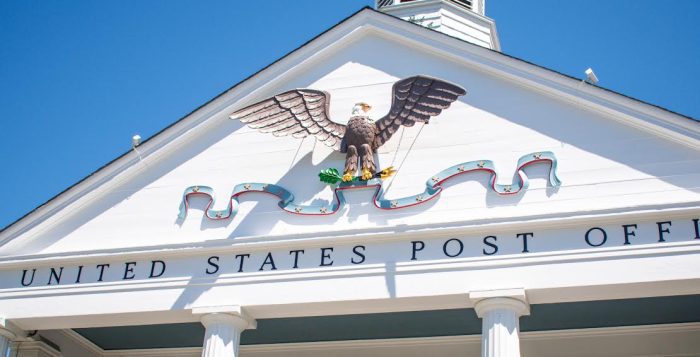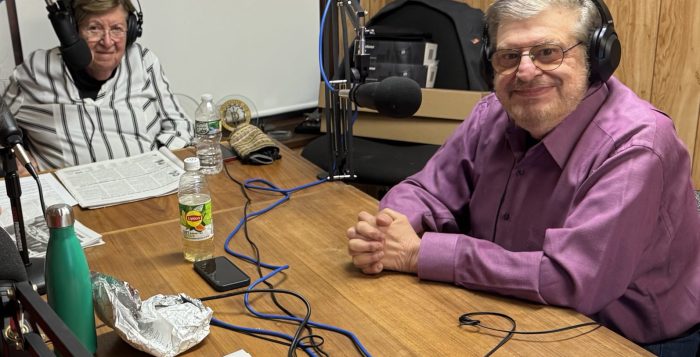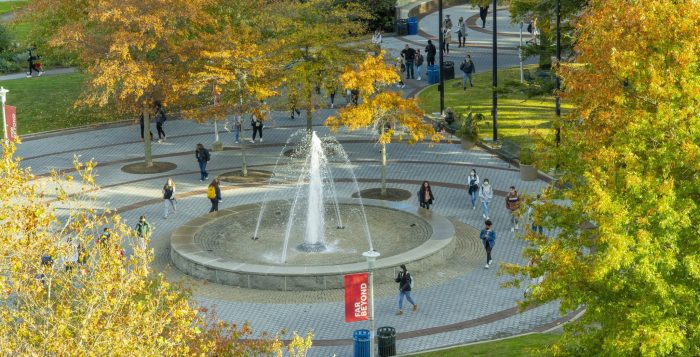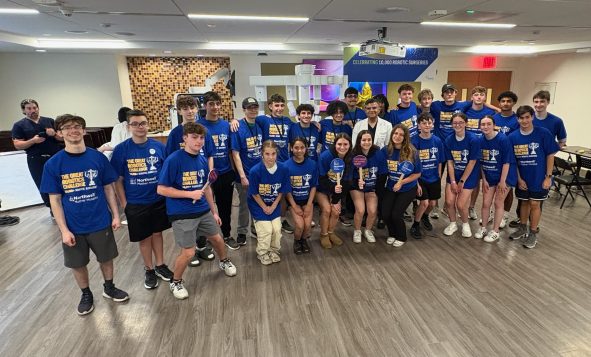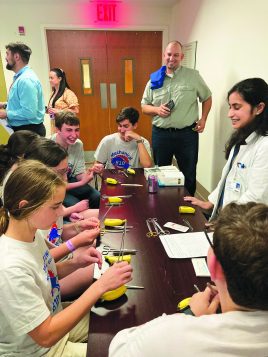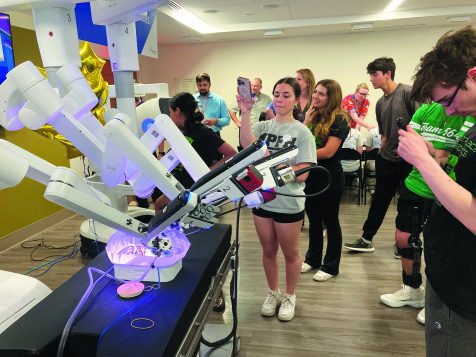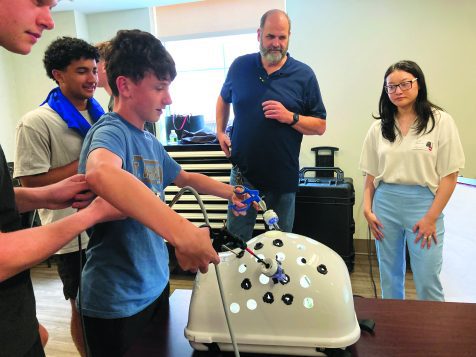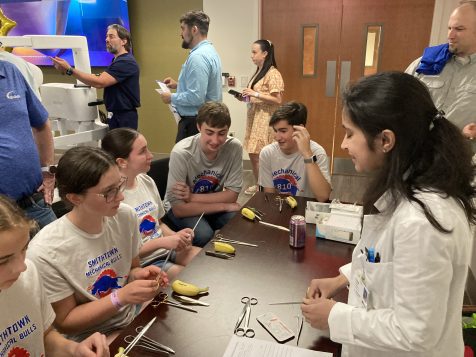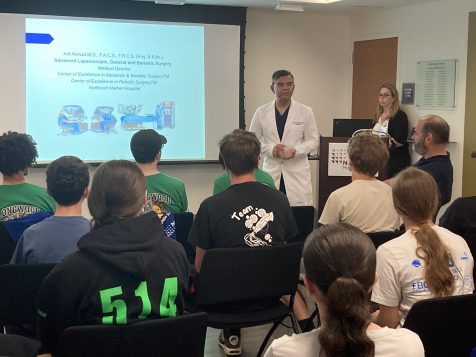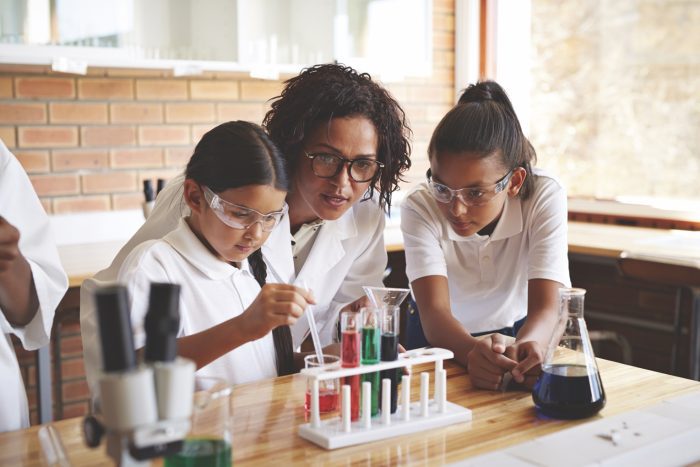Rallies should be covered
The assertions in Mr. Ceo’s letter to the editor in last week’s edition (Times Beacon Record, 6/26) was wrong for several reasons. First, the No Kings rally which I attended along with hundreds of others was in our area and deserved newspaper coverage. If the rally were espousing another political point of view with which I may disagree, it would also deserve coverage. A newspaper cannot be expected to report only news with which readers may agree. As for the claim that the participants in the rally were “misguided,” what could be more American than rallying for democracy over a monarchy. Our founders staked their lives on it.
Second, he is wrong about masks and other efforts to control COVID. At that time COVID was a mortal danger.— Many people died. An unmasked person with COVID was a serious threat to me. That makes it not a matter of personal choice but a matter of public health. A person’s choice not to wear a mask was a threat to all around him or her. Because it was a matter of public health, it was not, and should not have been, a matter of personal choice. Your liberty ends when your actions threaten me. That is why we have laws against drunk driving and smoking in public places. The same is true of the need to have children vaccinated before they enter school. Unvaccinated children may infect others with serious diseases.
Adam D. Fisher
Port Jefferson Station
TBR needs to cover rallies
I take exception to the premise of the letter writer in last week’s Times Beacon Record who complained about your coverage of the No Kings rallies (“Local community paper should cover community events,” June 26). When thousands of Long Islanders show up on a cold and rainy Saturday to protest the actions of the current White House administration, that’s newsworthy. The protests were national in scope, with seven in Suffolk County, including Port Jefferson Station. How much more local can you get? All Long Island media outlets, both print and broadcast, covered the rallies. The TBR would have been remiss in not doing so.
The letter writer labels the No Kings rallies as “ineffectual protest that accomplished nothing.” That’s his opinion. Those who braved the inclement weather on June 14 to voice their disagreement with the current President and his administration would no doubt disagree.
The letter writer compiled a laundry list of the deprivations we all experienced during the COVID shutdown: closed schools, businesses, houses of worship and so on, citing this as evidence of “real dictatorship.” First of all, much of this occurred during the final year of the first Trump administration. Let’s recall that our nation was facing an unpredictable and fear-inspiring pandemic. Measures were taken that now may appear unnecessary in hindsight, but represented a good faith government response to COVID at that time. Some actions were right, others wrong. Perhaps many of us, including the letter writer, survived the pandemic because of the correct government actions.
Martin Skrocki
Wading River
Local papers need to cover local rallies
To the Editor:
I beg to differ with Rick Ceo, who writes in a June 26 letter that TBR newspapers shouldn’t have covered the “No Kings” protest in Port Jefferson Station. It is precisely the function of local newspapers to hold the government accountable by reporting on controversial topics and events within our local communities. Unfortunately, over the past few decades hundreds of local papers have either been shuttered or reduced to little more than boosterish rote reports on parades, street fairs, ribbon cuttings, or excerpts from press releases put out by local officials. The resulting blackout of incisive reporting is not healthy for a constitutional democracy.
I wonder if, during a Democratic administration, coverage of a local protest by right-leaning demonstrators against its behavior or policies by TBR newspapers would so “irritate” and “rankle” Mr. CEO. He states that TBR should not have reported on the local “No Kings” demonstration because it was a “totally ineffectual protest that accomplished nothing.” Maybe he should re-read the First Amendment, with its clause guaranteeing “the right of the people peaceably to assemble, and to petition the Government for a redress of grievances.”
Mr. Ceo inaccurately claims that the parade celebrating the US Army’s founding was planned during the Biden administration. Actually it was Trump who proposed it, in his first administration. I’m old enough to remember the 200thanniversary of the Army’s founding (1975). There was no large-scale military parade in our nation’s capital. There has never been a large-scale military parade of this type, costing some $45 million and unconnected to the end of a war, held in Washington, D.C. Such parades, with their reviewing stand and massive display of tanks, missiles and other military hardware are typically held in Moscow, Beijing, Pyongyang, or Tehran, not in Washington, D.C. That is why one protester stated, “we don’t do dictator parades.”
As for Mr Ceo’s gripes about supposedly “dictatorial” measures put in place to combat COVID-19, perhaps he thinks he might have done a better job protecting the American public from a pandemic that ended up killing over a million Americans. Good government means balancing individual rights against the well-being of the community at large. All of the measures he mentions: masks, social distancing, vaccination, preventing large-scale gatherings particularly indoors, proved essential to slowing the spread of that highly contagious disease in a population with no immunity. The biggest problem was the politicization of those measures. For all his exaggerated boastfulness, Trump never brags about the best thing he ever did, namely Operation Warp Speed, which fast -tracked the development of a vaccine, saving countless lives. Why? Because it doesn’t fit in with his political agenda, which is based on falsehoods, conspiracy theories and magical thinking about health and individual rights.
David Friedman
St. James
No Kings protest is an important local story
In a recent letter (“Local community paper should cover community events,” June 25), Rick CEO criticized this newspaper for covering “left-leaning causes” like the No Kings protest, arguing that it should instead focus on what he considers more deserving topics, such as the Port Jefferson mayoral race.
In fact, the Port Times Record provided excellent coverage of the recent mayoral election, which is how I know that just 1,724 people voted. By contrast, the No Kings protest drew roughly twice that number of participants in Port Jefferson alone. Across Long Island, more than 35,000 people took part in a dozen related demonstrations, joining 4 to 6 million Americans at over 2,000 locations nationwide. Going by numbers alone, the protests were arguably more newsworthy than the election, not less so. Fortunately, this paper had the capacity and judgment to cover both stories well.
Mr. Ceo is, of course, entitled to his opinions. He is free to argue (however unconvincingly) that public health measures like mask mandates and quarantines amounted to tyranny, while anonymous federal agents abducting people for indefinite detention in foreign gulags without due process does not. What he is not entitled to do is urge a community newspaper to suppress coverage of a major local contribution to a national civic movement. That suggestion reflects an illegitimate, anti-democratic impulse—-precisely the kind that makes peaceful, patriotic protests, like those held on June 14, so important.
John Hover
East Setauket
To the Editor
The North Country Peace Group has been an integral part of our Three Village and Suffolk County community for 23 years. We are a grassroots group of local community members who came together in 2002 to protest the Iraq War and continue to stand for peace and justice. We do advocacy work promoting policies supporting peace. Throughout the years we have worked on the following issues: Say No to War, lessen the threat of nuclear proliferation worldwide, fight for the rights of our immigrant families and neighbors, bring the war dollars home to our communities, defend our democracy from authoritarian threats to our Constitution, support Black Lives Matter and join with local environmental groups seeking justice.
We work together promoting nonviolent activism advocating for peaceful resolutions for a just society. At a pivotal time, with uncertain challenges, together we can serve the common good, working to preserve our democracy with equality and justice for all. We strive for a more just and equitable world and community by promoting peaceful solutions to conflicts.
Join us every Saturday on Route 25A and Bennetts Road in Setauket from 11:00 a.m. to 12 p.m. on the south side of 25A near the CVS store. Everyone is welcome.
Bruce K. Barry
NCPG Member
East Setauke
WRITE TO US … AND KEEP IT LOCAL
We welcome your letters, especially those responding to our local coverage, replying to other letter writers’ comments and speaking mainly to local themes. Letters should be no longer than 400 words and may be edited for length, libel, style, good taste and uncivil language. They will also be published on our website. We do not publish anonymous letters. Please include an address and phone number for confirmation. Email letters to: [email protected] or mail them to TBR News Media, P.O. Box 707, Setauket, NY 11733

